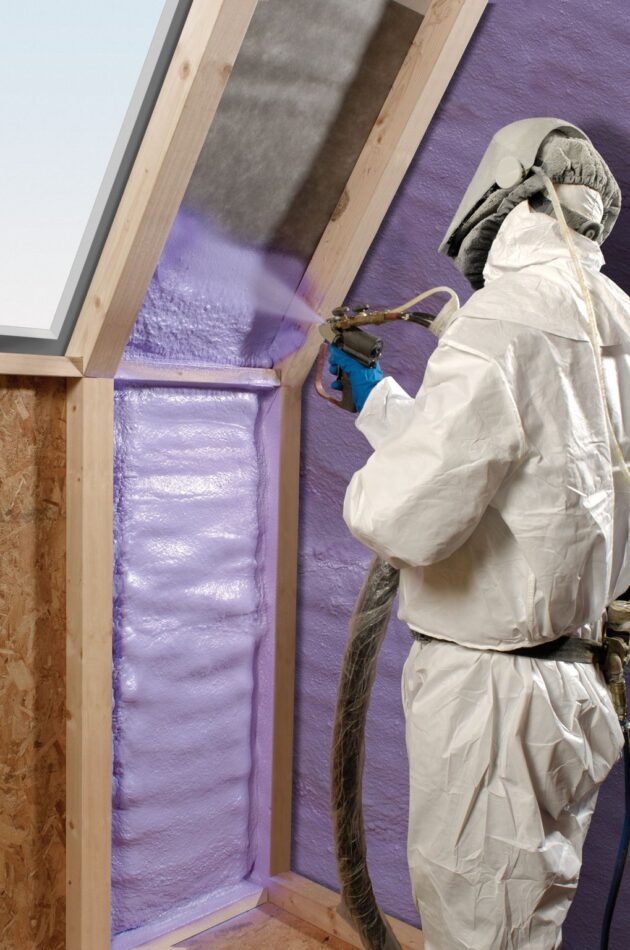Are you worried about the comfort of your home? The best insulation for crawl space can help keep your living space warm in the winter and cool in the summer. It can also reduce energy costs, making your home more efficient.
Choosing the right insulation is key to preventing moisture problems and maintaining air quality. Many options are available, each suited to different needs and environments. Let’s explore how the best insulation for crawl space can enhance your home’s comfort and value.

Table of Contents
- 1 Types of Insulation Materials for Crawl Spaces
- 2 Comparing Rigid Foam, Fiberglass, and Spray Foam Insulation
- 3 Installation Tips for Insulating Your Crawl Space
- 4 Understanding Moisture Control and Ventilation
- 5 Cost Considerations for Crawl Space Insulation
- 6 Seal the Deal: Choose the Best Insulation for Crawl Space
Types of Insulation Materials for Crawl Spaces
When choosing the best insulation for crawl space, it is essential to understand the various materials available. Rigid foam, fiberglass, and spray foam are the main types of insulation. Each type has its benefits to help keep the crawl space comfortable.
Rigid foam insulation is popular due to its high R-value. It resists moisture and is easy to install. Fiberglass is another option, but it may lose effectiveness if it gets wet.
Comparing Rigid Foam, Fiberglass, and Spray Foam Insulation
Spray foam insulation crawl space is an excellent choice for sealing air gaps. This type of insulation expands and creates a strong barrier against moisture. It is perfect for a conditioned crawl space, making it energy-efficient and effective.
When comparing these materials, consider their thermal resistance. Rigid foam provides excellent insulation but can be harder to fit into tight spaces. Fiberglass insulation is cheaper but may not be as effective without proper installation.
Installation Tips for Insulating Your Crawl Space
Before beginning the project, check the crawl space for any moisture problems. Effective moisture management is crucial for a successful installation. Also, take precise measurements of the area to ensure a proper fit.
For floor joist insulation, make sure there are no gaps in the installation. Opting for this spray foam insulation will help seal up any holes and access difficult corners. Remember to wear protective gear during the installation process to ensure your safety.
Understanding Moisture Control and Ventilation
Moisture can cause many problems in a crawl space, such as mold or damage. It’s critical to control moisture with dehumidifiers and vents. Maintaining good ventilation helps keep the area dry and safe.
When insulating crawl space with dirt floor, consider using a vapor barrier. This liner protects against moisture from the ground. Keeping the crawl space ventilated will also prevent excessive humidity.
Cost Considerations for Crawl Space Insulation
The cost of insulation varies by material and installation type. Spray foam tends to be more expensive but offers better performance. Rigid foam is a mid-range option for those wanting good energy savings.
Don’t forget to factor in long-term savings for heating and cooling. A conditioned crawl space will reduce energy bills over time. Investing in quality insulation will pay off by providing a comfortable home environment.
Seal the Deal: Choose the Best Insulation for Crawl Space
The best insulation for crawl space is essential for a comfortable home. It helps keep your living area warm in winter and cool in summer. Proper insulation also protects against moisture, which can cause serious problems.
Understanding the different materials can help you make the right choice. Rigid foam, fiberglass, and spray foam each have unique advantages. Investing in the right insulation will lead to energy savings and a healthier home environment.
Did you find this article helpful? Visit more of our blogs!
